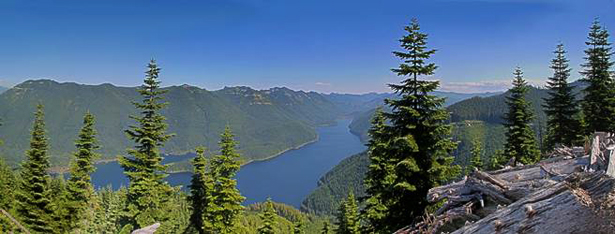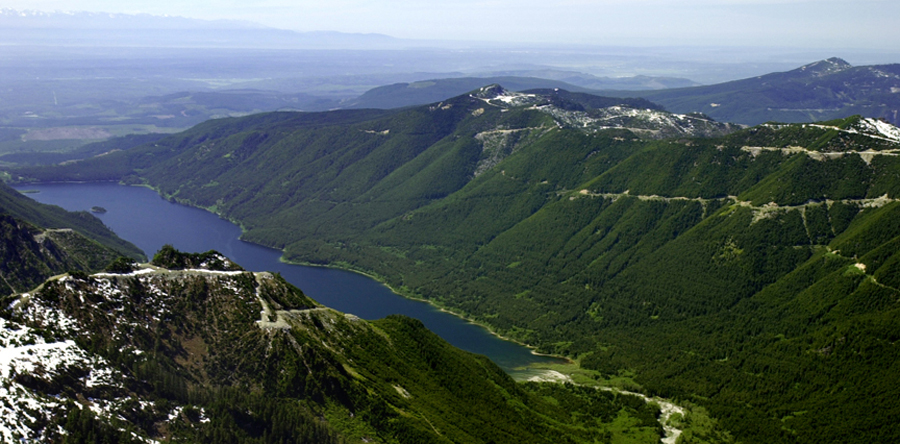What sort of water system does your bi-monthly water payment provide to you? Are all water systems created equal?
As a member of the American Water Works Association, we often see comparisons between water systems. Variables such as the number of customers, the source(s) of water, the topography of the service area, not to mention the variety of approaches to operating a water system—all add up to different types and numbers of components from system to system. In the case of a water system, one size definitely does not fit all.
To meet the needs of our ratepayers, our system includes the following components that represent the “backbone” of our system:
Water Source
North City Water District has two sources, the Cedar River (above) and the Tolt River (below), made available through our contract with Seattle Public Utilities (who also handles water treatment).
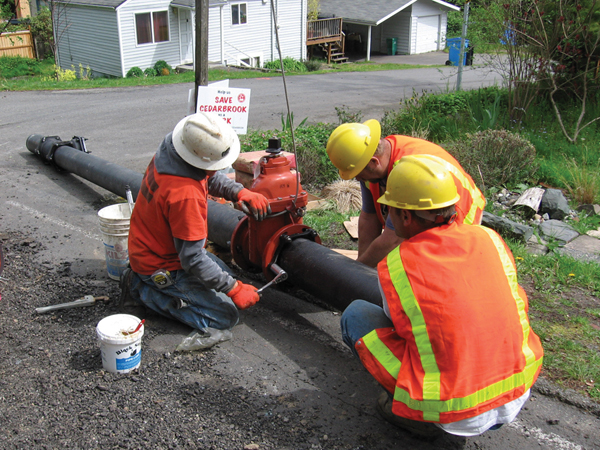 Transmission and Distribution
Transmission and Distribution
Water is brought from the source through regional transmission mains (pipes), where it enters the North City Water District system via multiple supply stations. Water is then transmitted throughout our water system using smaller distribution mains (pipes), which function much like the arteries of the human body, bringing the water directly to each of the neighborhoods in our service area. We have 92 miles of pipe with almost all of our pipes installed since the 1960s.
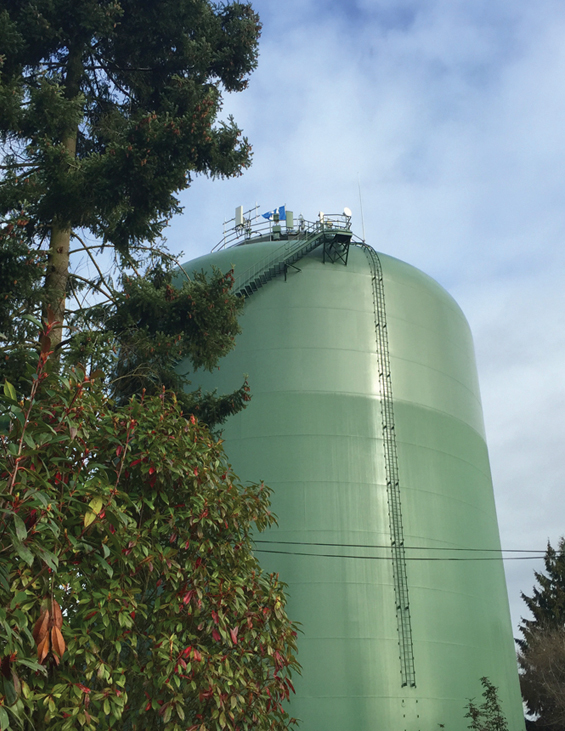 Storage
Storage
A water system must have four types of storage for operational purposes, in order to ensure everyone has appropriate water pressure, reliable back-up storage in case one of the supply sources fails, and for firefighting purposes. These four storage types are included in our two reservoirs—totalling 5.7 million gallons of storage for our water system— both of which function much like the multiple chambers in a heart to support the overall system.
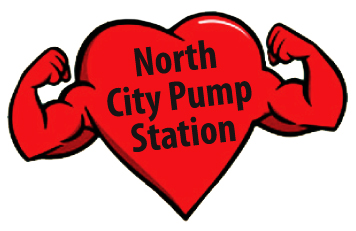 Pump Stations
Pump Stations
As we described in our last newsletter, a pump station is similar
to the human heart, helping move water through the system while
maintaining optimum water pressure. Just like our heart rate increases during exercise to support the added demand on our body, the same is true of a pump station. Our new station will have three series of pumps to accommodate three levels: 1) normal operations, 2) warm summer days when water use is higher, and 3) in the event of a fire.
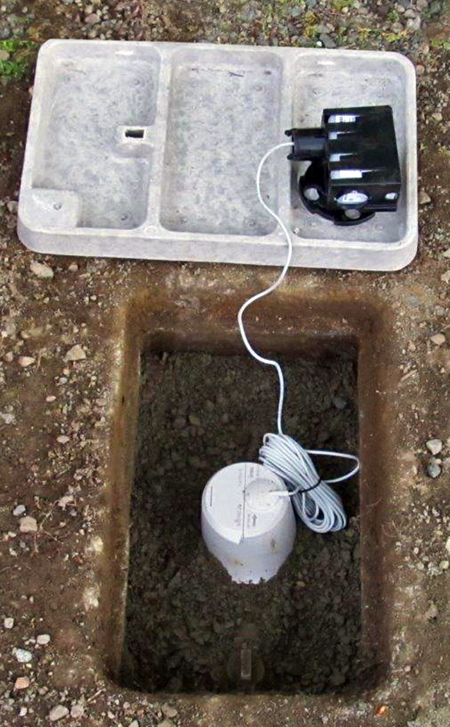 Support Components
Support Components
Service lines, valves, meters, generators, computerized telemetry monitoring, and even fire hydrants—each of these components completes the water system to ensure safe, reliable drinking water is available to your house every day.
As a Special Purpose District focused on nothing but water, 365 days a year, we are continually striving to make sure your water system functions like the best “circulatory system” possible.

